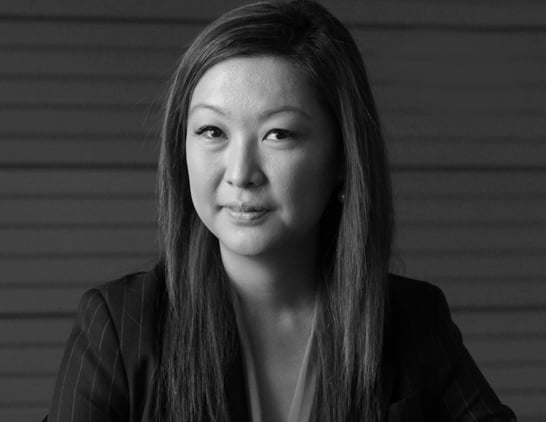It’s hard to believe that another year has passed and a new one is beginning, and again we reflect on what was and what is to come. While more time with family and friends, less time at work and a healthier life are usually on top of wishlists, finance and money matters are important because they help in achieving other goals.
For me, last year was a huge one both personally and financially. I’ve been watching my baby turn into a running, laughing little toddler. Financially it was year of being structured and disciplined in my investments, and having the pleasure of managing my own self-managed super fund (SMSF) through Bell Direct.
What of investing goals for 2016? First, 2015 was a difficult year for investors to navigate: big downside moves in many blue-chips and big upside moves in many medium and small companies.
Many Australians have become used to buying and holding for long periods. Buy and hold is a great strategy in a bull market, but it does mean you lose money in a bear market or find it hard in a sideways one.
It was a big year of punishment for any investors with bad habits and a potentially rewarding one for those with good ones.
Let’s look at some of the lessons.
1. Let your winners run and cut your losers early. Have a risk management strategy in place
The thing about investing is that it’s about so much more than just choosing the right stocks. A big part is asset allocation (deciding which asset classes to own, such as shares, property or fixed interest) and an equally important part is about risk management and how to manage losses. Often you can have a dartboard of stocks on the market and throw a dart to decide which to buy. As long as you let the winners run and cut your losses early, the chances are that you would make money and even outperform the market.
Some companies that fall substantially come back to perform well, others don’t. The truth is that most people have an aversion to losing money, so when they see a stock price go up they are likely to take profits rather than cutting positions in stocks that are losing ground.
At the end of the day, it’s about taking the emotion out of the decision: losing the mentality that the stock will bounce back, and analysing if the company is likely to continue to grow or whether it will be stagnant or go backwards for years.
One of my favourite investors, William O’Neil, compares it to running a fashion store. The best thing to do is discount lines that aren’t selling, to have the ability to rotate the capital into products that are. Investors need to think about the best way to invest their money.
A risk management strategy can be as easy as using stop-losses (a pre-determined share price at which you sell to cut losses) to take the emotion out of exiting a position.
2. The best buys are those where three things are aligned: sentiment, technicals and fundamentals
One of the hardest lessons I’ve learnt in the market is that you can be right and still lose a lot of money. John Maynard Keynes once said: “Markets can remain irrational longer than you can remain solvent.” The easiest investments to make money on are the ones where you buy at the right part of a cycle, sentiment is in your favour and the technical (charting) and fundamentals don’t clash.
3. When buying a stock you are not buying history or the present, but the future
I am a big fan of fundamental analysis (using company and industry information to make decisions) and one of the keys is to look forward rather than backward. A company can have a strong track record of profitability but if it all comes crumbling down over the next 18 months, so will the share price. The key is to try to work out what the company will look like in 18 months. Will it be a better company, or a similar one?
If it’s a similar one, there’s really no catalyst for the share price to be different either. This is why sometimes the worst companies can have the best share price performance. Because you are searching for the change in circumstances to drive profit rather than circumstances staying the same.
There are some things that help shape the future. One is cycles. Like most things in life, companies tend to move in cycles and so do industries. In banking, much of that cycle is related to the bad debt cycle. Commodities are cyclical, whether you are talking about digging dirt out of the ground or growing food. Three cycles that are closely tied are the price cycle, earnings cycle and interest rate cycle. Each impacts on the other.
There are some signs that tend to be leading indicators, which give you clues before the event happens. When there is strong revenue growth but no profit growth, or revenue growth is greater than profit growth, these are both usually precursors for profit growth, which is a strong longer-term driver of share prices.
The market prices in the future. If successful investing was about understanding a company’s financial history, the most successful investors would be historians.
Don’t think that you are buying the company today, but think where it is going to be in 18 months. This is why usually the reporting season is more important to understanding forward guidance than simply digesting the results unveiled. One is about the past and the other about the future.
This article was first published in the 2016 ASX January Newsletter www.asx.com.au

